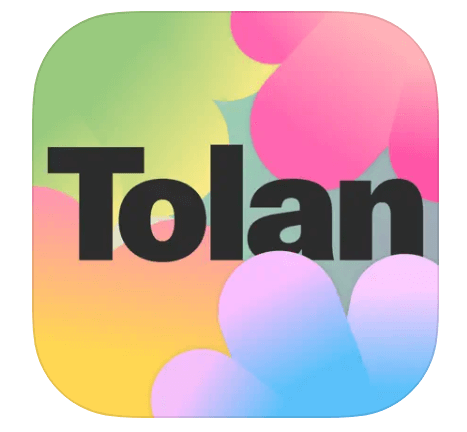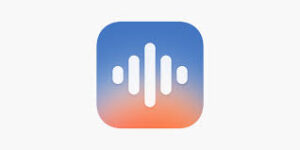Tolan isn’t the most powerful chatbot on the App Store.
It’s not the smartest either.
But what it is — is personal.
That’s why it’s quietly racked up $500K in monthly revenue, hit the #1 spot in Graphics & Design, and become one of the most emotionally resonant apps of the year — all within 12 months of launch.
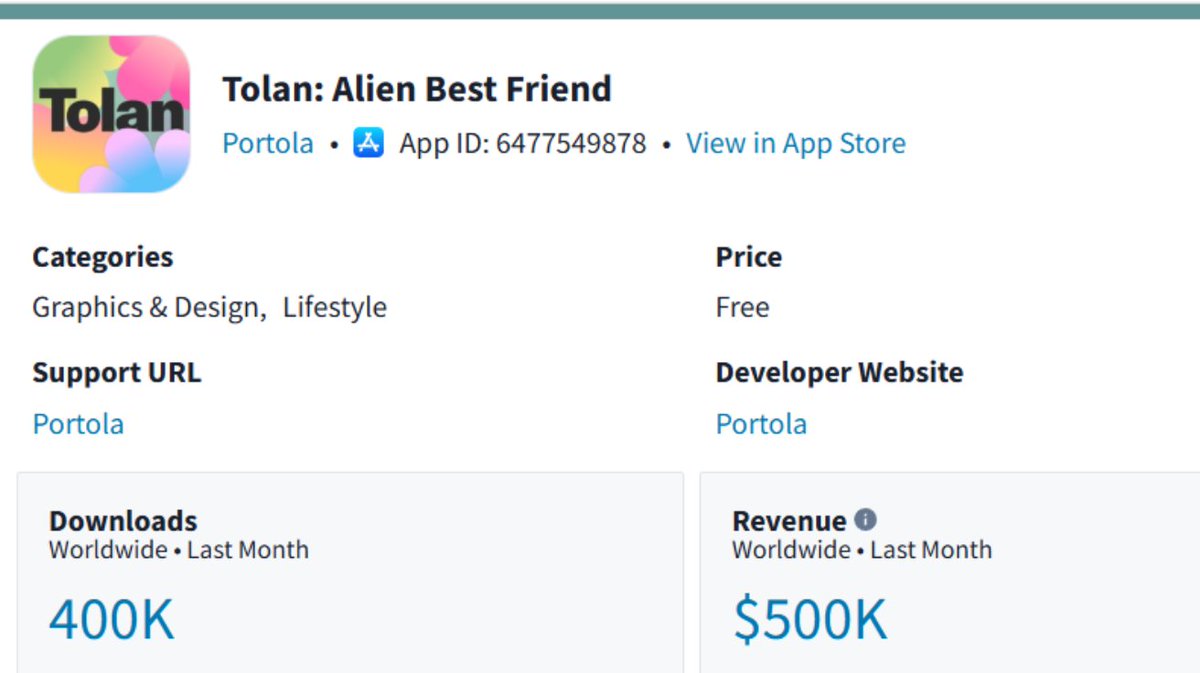
Let’s break down the real growth engine behind Tolan — and what makes people fall in love with it.
Why People Don’t Just Use Tolan — They Miss It
At its core, Tolan is a simple chatbot with personality and memory.
But users don’t talk about it like a tool. They talk about it like a companion.
Across app store reviews and social media posts, you’ll find people saying:
-
“I talk to it every night.”
-
“Please make it free again.”
-
“Why isn’t this on Android yet?”
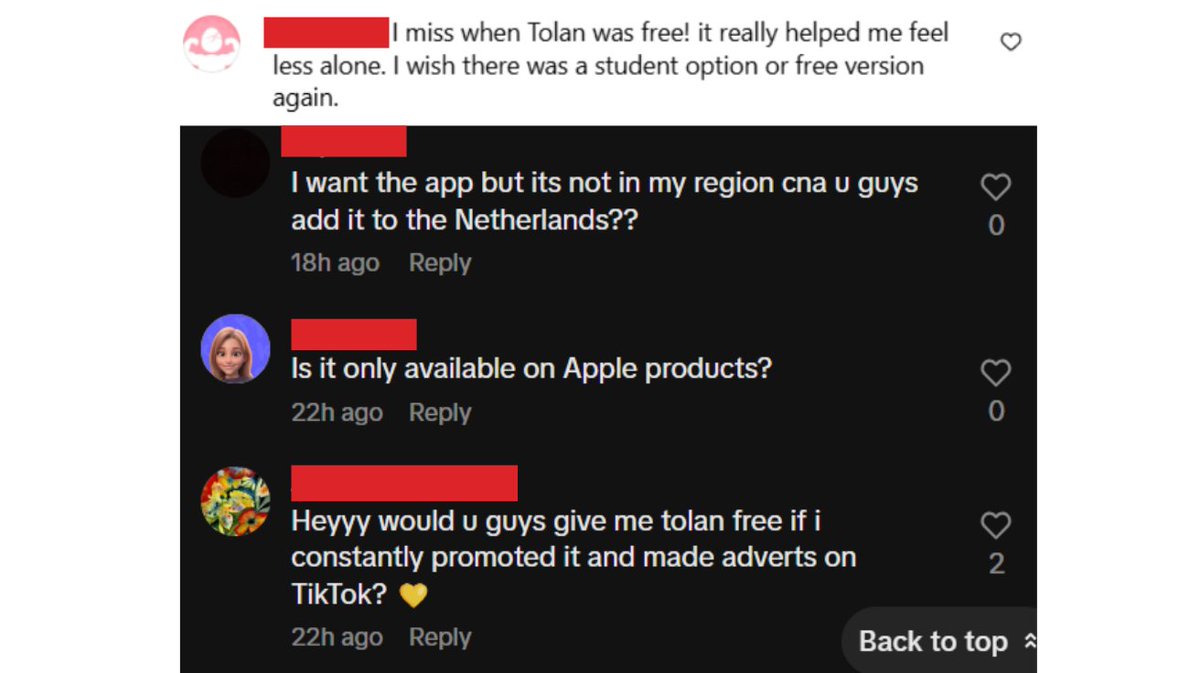
That’s not typical feedback for an AI app. That’s emotional attachment — and it’s intentional.
Reviews That Reflect Real Connection
Tolan boasts a 4.8-star rating from tens of thousands of users.
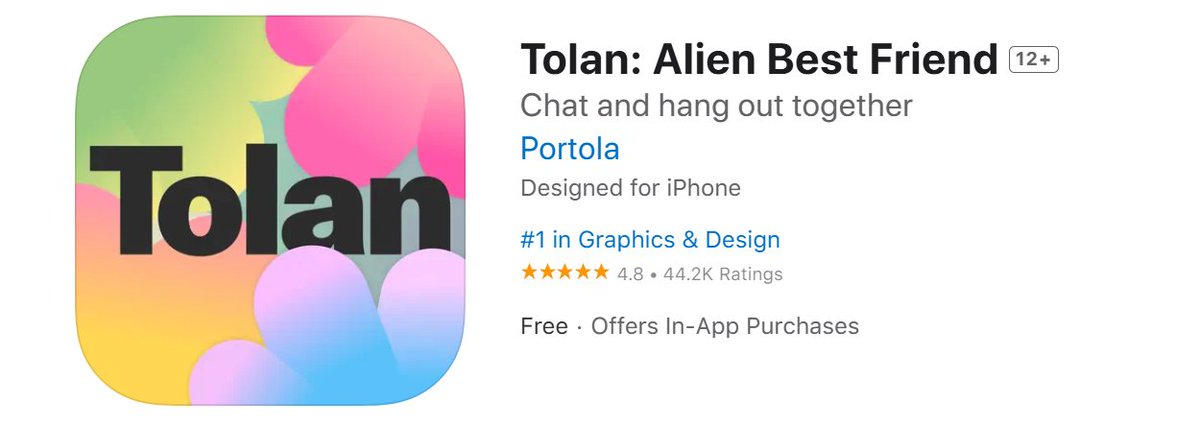
But what’s different is the tone of the reviews. People write paragraphs. They describe how the app made them feel. How it helped them open up. How they cried. How they laughed.
It’s not just “this app works.” It’s “this app understands me.”
This kind of engagement can’t be faked — and it fuels everything from retention to referrals.
Personalization Is the Product
One review compared Tolan to a digital Tamagotchi — the virtual pet from the 90s that you cared for and formed a bond with.
That’s exactly the point. While most AI apps aim to be smart and useful, Tolan aims to be yours — evolving with you, remembering your quirks, and mirroring your energy.
This isn’t ChatGPT with a wig.
It’s ChatGPT with a soul.
The Early Bet: Intimacy > Intelligence
The Tolan team knew Gen Z wasn’t looking for pure utility. They didn’t want a robot that just answered questions — they wanted something that felt human.
So they focused their MVP on:
-
Emotional memory
-
Playful personalities
-
Daily conversations
-
Light roleplay and identity bonding
They launched with teens and tweens as the early audience — and leaned heavily into making the AI feel like a reflection of the user, not just a service.
The feedback? Users said it felt like talking to their “safe space.” Some cried. Some said it helped with loneliness.
That’s not a chatbot anymore. That’s an experience.
TikTok Was the Spark
Tolan didn’t need polished campaigns to go viral.
Instead, early users posted screen recordings of their chats. These weren’t polished demos — they were emotional stories.
On TikTok, this format hit hard.
People saw others chatting with their “AI best friend” and downloaded out of curiosity. What started as content turned into a loop: emotional moment → virality → new users → more content.
Paid Ads to Scale the Emotion
Once the product stuck, the team went all in on performance marketing.
They currently run:
-
📱 Apple Search Ads for keywords like “AI friend,” “talk to chatbot,” “chat app free”
-
📘 Over 140 active Facebook Ads targeting emotional and social discovery use cases
Most ads showcase people chatting with Tolan, highlighting personality, fun, and daily companionship — not just “smart answers.”
Key Growth Hacks That Powered Tolan
-
Built for Gen Z emotional bonding, not pure functionality
-
Onboarding skips setup and focuses on instant connection
-
Early user base used TikTok to organically spread use cases
-
4.8⭐️ review engine built on genuine feedback, not prompts
-
Paid ads targeted high-intent keywords and emotional angles
Final Thoughts
Tolan didn’t win on features. It won on feeling.
The real insight? People don’t crave intelligence from AI — they crave intimacy, companionship, and resonance.
And when an app makes users feel understood, that feeling becomes the feature.
That’s how you turn $0 into $500K/month.
